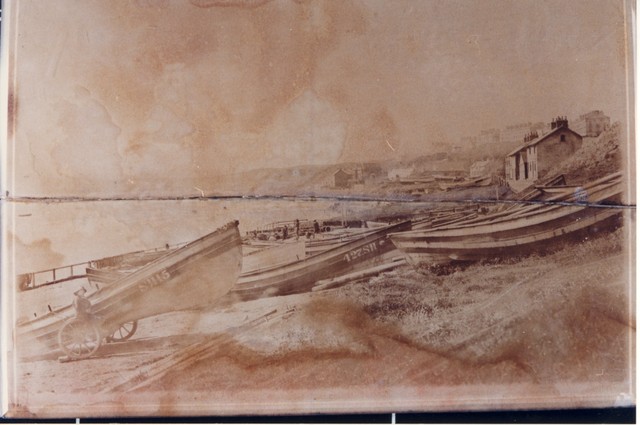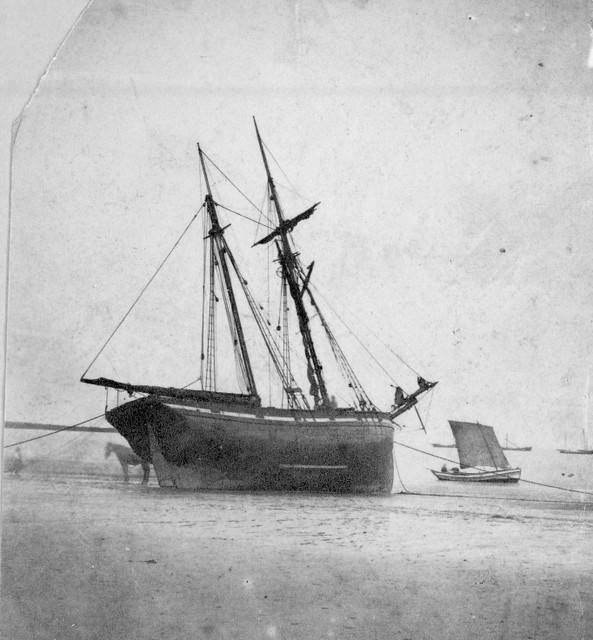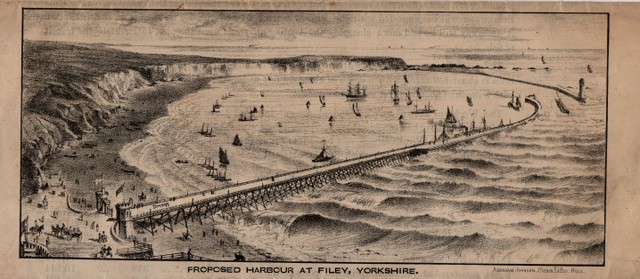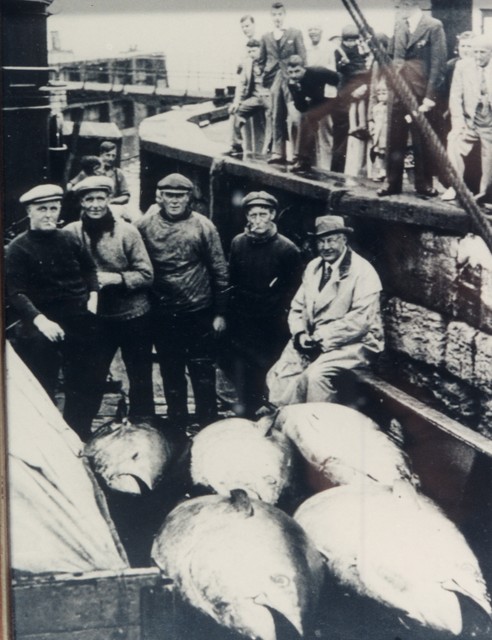
Menu:
Types of Fisheries of the Filey Fleet
Fishing in the North Sea has been undertaken since ancient times, being the dominant source of income for all of North Eastern Europe. The herring fishery is of particular importance to the growing Viking empire in the 10th century. The distinctive shape and construction of the inshore fishing vessel, the coble, is thought to be Norse influenced.

The fisheries were the very foundation
of the earliest international commerce, with traders from the
Netherlands buying large quantities of salt fish from all parts of
the East Coast of Britain. Yarmouth became an important centre of the
commerce with King John granting a charter in 1208ad allowing
foreign merchants to trade there.
The herring fishery grew in importance
throughout the 13th and 14th centuries and
Yorkshire became the principle area for curing fish for domestic and
European consumption. The Dutch also excelled in herring fishing,
provoking a decline in the British catch and prompting an act of
parliament in 1542 to protect the industry here. Filey has always
been a centre for fishing as the lucrative fishing grounds of the
Dogger Bank lie due east with Filey the closest landfall.
By 1828 10 or 12 large ships were in operation from Filey. These Luggers and Yawls did not return to Filey for months at a time. The herring fishery started in June following the fish from North to South with most if not all of the catches being landed at Yarmouth. The catches were abundant but the expense of basing their vessels and families at Yarmouth for many months at a time made their profits meagre. Their catches would be landed also at Hull, Boston, and Lynn. The ships carried with them two cobble boats used to shoot the lines. The crew of six would then take both cobbles out in different directions to a distance of up to nine miles with each boat manned by half the crew. Each man had two sets of five lines with up to 1,450 hooks in total per man. Two boys remained on the large vessel preparing the lines for the next day.

After about 1840 Yarmouth declined and although herring remained important the larger vessels took huge numbers of large halibut, cod, haddock, turbot, ling and skate. Filey itself became a very significant fishing port in the latter half of the 19th century, at the same time as Filey grew as tourist resort. In 1878 a proposal was launched to construct a very large “Harbour of Refuge” which would have changed the character of the town completely.

Fishing is not only a commercial enterprise, but also the most popular participatory sport in Britain. Filey has had an annual fishing festival continuously since 1922. The angling society established the festival and run it today. You can find out more here
For a fairly brief period in the 1930s “big game” fishing off the Yorkshire coast was very popular with wealthy aristocrats and military officers. Many huge fish were caught. The British record, which still stands, is for a fish weighing 851 pounds (386.0 kg) landed at Scarborough in 1933 by Laurie Mitchell-Henry. For more on the giant Tunny (Tuna) fishing based at Scarborough look here.
Written by B. Mulrine with research by S Pinder and P Dudley
